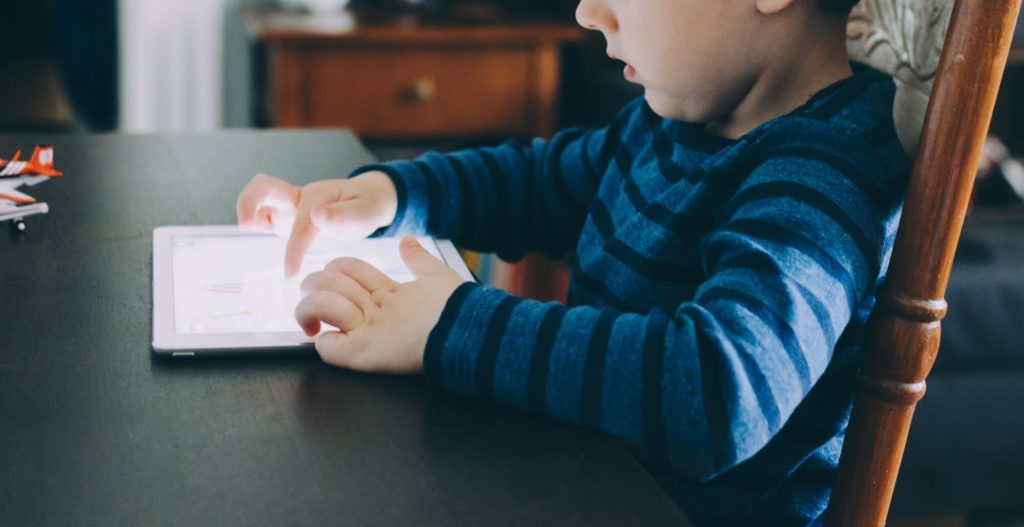No question, a child and electronic devices like computers, iPads, or gaming consoles are inseparable. These devices have become an integral part of children’s life. In current times, a child is exposed to technology before the age of five.
These devices have influenced teaching methods as well. And now, 91% of schoolrooms in the US are using the computer as a teaching tool, which encourages children to learn or play with it to some extent.
This exposure to devices at home and school force a child to absorb in technology. Not to mention, parents consider the devices necessary as well. But did you know the excess use of electronic screens could affect your child’s eyesight adversely? This increased usage of electronic screen contributes to the following:
Onset of Myopia
More and more studies are proving the negative effects of devices on the health of children. One of which is encountering eye disorders at a young age. A recent survey concluded that risks of myopia have increased over the last two decades.
Many optometrists have connected this nearsightedness in children with the excess use of iPads, smartphones, or computers. This is possible because when a child stares at a screen for hours, it puts excessive strain on the child’s visual system, which ends up in myopia.
Exposure to Blue Light
The light comes through the screen is made with the colors like indigo, blue, green, orange, yellow, violet, and red. It is worth noting that these colors vary in energy and wavelength. The indigo and blue lights are usually higher in energy and frequency, which may affect the delicate eyes of a child, causing short to long-term damages.
Moreover, the lights with higher frequency and energy flicker creating a glare that can eliminate affect and contrast clarity. This condition ultimately leads to a headache, eyestrain, mental and physical strain.
Almost every device features this blue light, which is also responsible to cause oxidative stress on the retina. The adverse effects of the blue or indigo light also include disrupted sleep pattern amongst children, which bring a series of health problems.
If impeding a child from using devices seems impossible, then you need to set up a schedule limiting screen time. This step is crucial to sustaining the eyesight of your child. You can look to recommendations made by the American Academy of Pediatrics (AAP) regarding screen timing for children such as:
- No electronic screens for babies 18 months or under
- Avoid solo use of the device to 18 months to 2 years. Allow them only 30 minutes to an hour.
- 2 to 5 years should not spend more than one hour on an electronic device.
- If 6 years old or older spend more than two hours on a device, make sure to incorporate many outdoor activities in his lifestyle.
Bottom Line
It is evident that technology has become a vital part of a child’s lifestyle. Although you cannot prevent your little one from using it, you can always opt for safety precautions to protect their eyesight.




